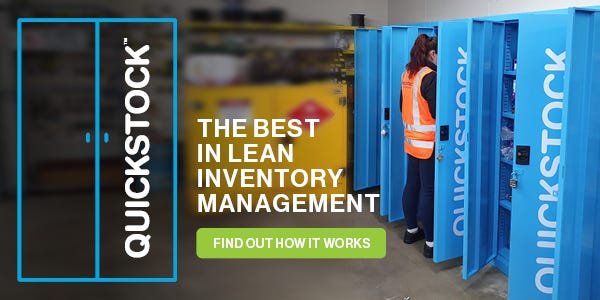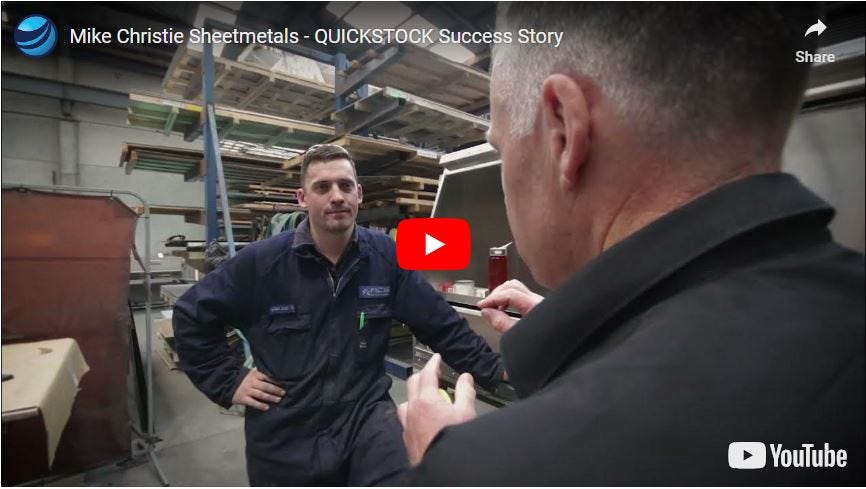Reap The Rewards Of QUICKSTOCK™ Without Changing Your Processes
Processes, or standard operating procedures are an important part of any business – especially when they work well. You don’t fix what’s not broken right? Well when it comes to the QUICKSTOCK inventory management solution what often holds engineering companies back is the misconception that you’ll need to change the way you do things for it to work. This is simply not true, and we’ve got plenty of engineers that are reaping the rewards of QUICKSTOCK while still maintaining their processes.
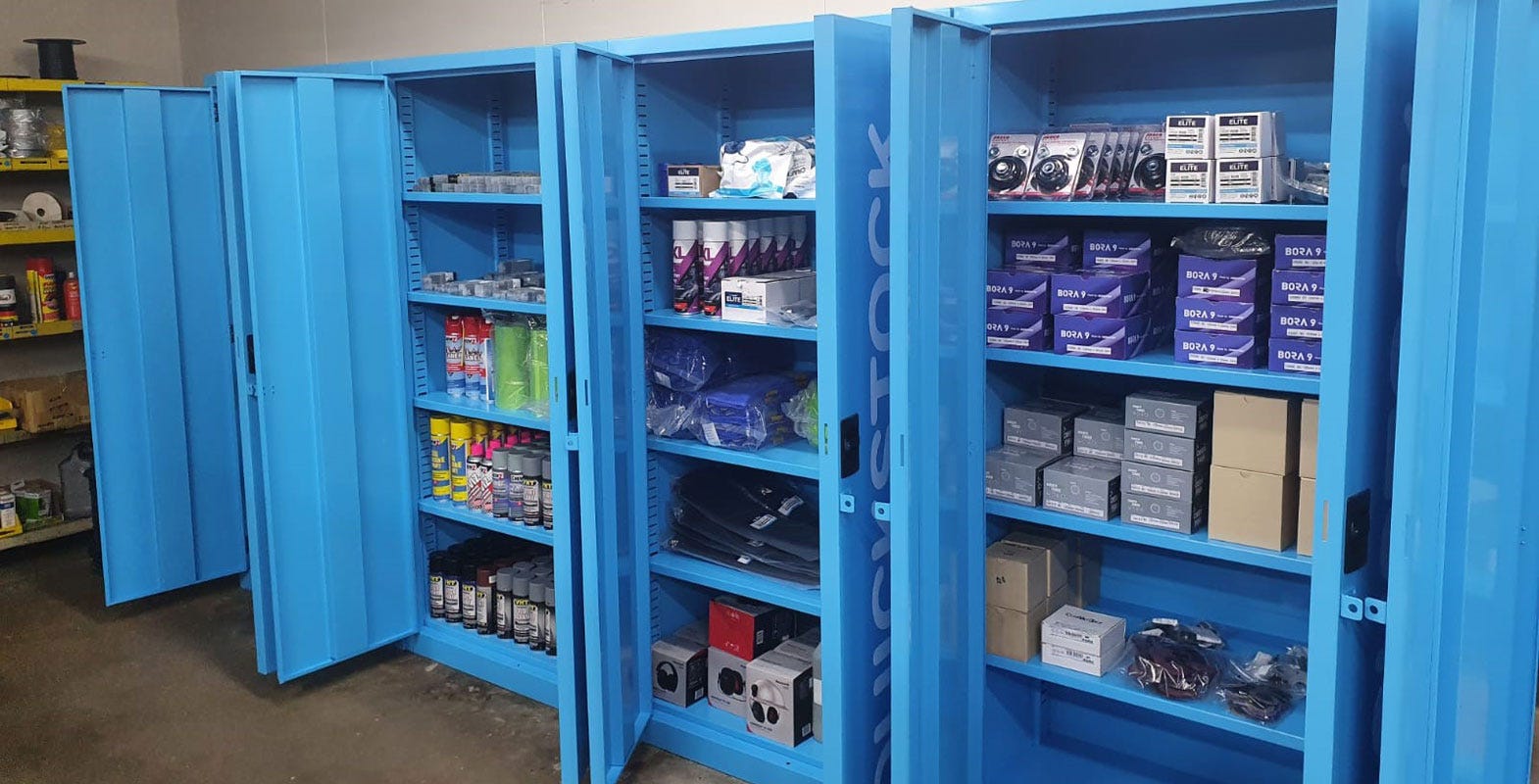
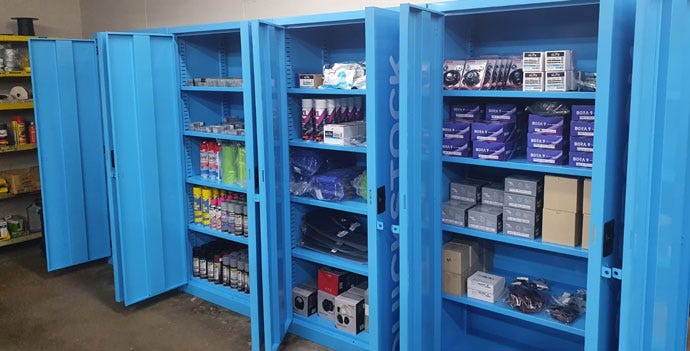
What Is The Misconception?
The misconception is that for the system to work, the engineers will need to be given unlimited access to the stock cabinets. Understandably for engineering companies that already have processes in place for stock allocation and accountability, this would be a risky adjustment.
Reaping The Rewards
One of the MAJOR benefits in having QUICKSTOCK comes from no longer having to monitor stock levels and everything involved in placing regular purchase orders. It’s often surprising to see how much time these things take up – even when implementing lean systems like Kanban (click here to use our Inventory Management Cost Calculator). In analysing a lot of engineering companies prior to them coming on board with QUICKSTOCK, we’ve found the time involved in making purchase orders can easily add up to over $600 a month here’s how.
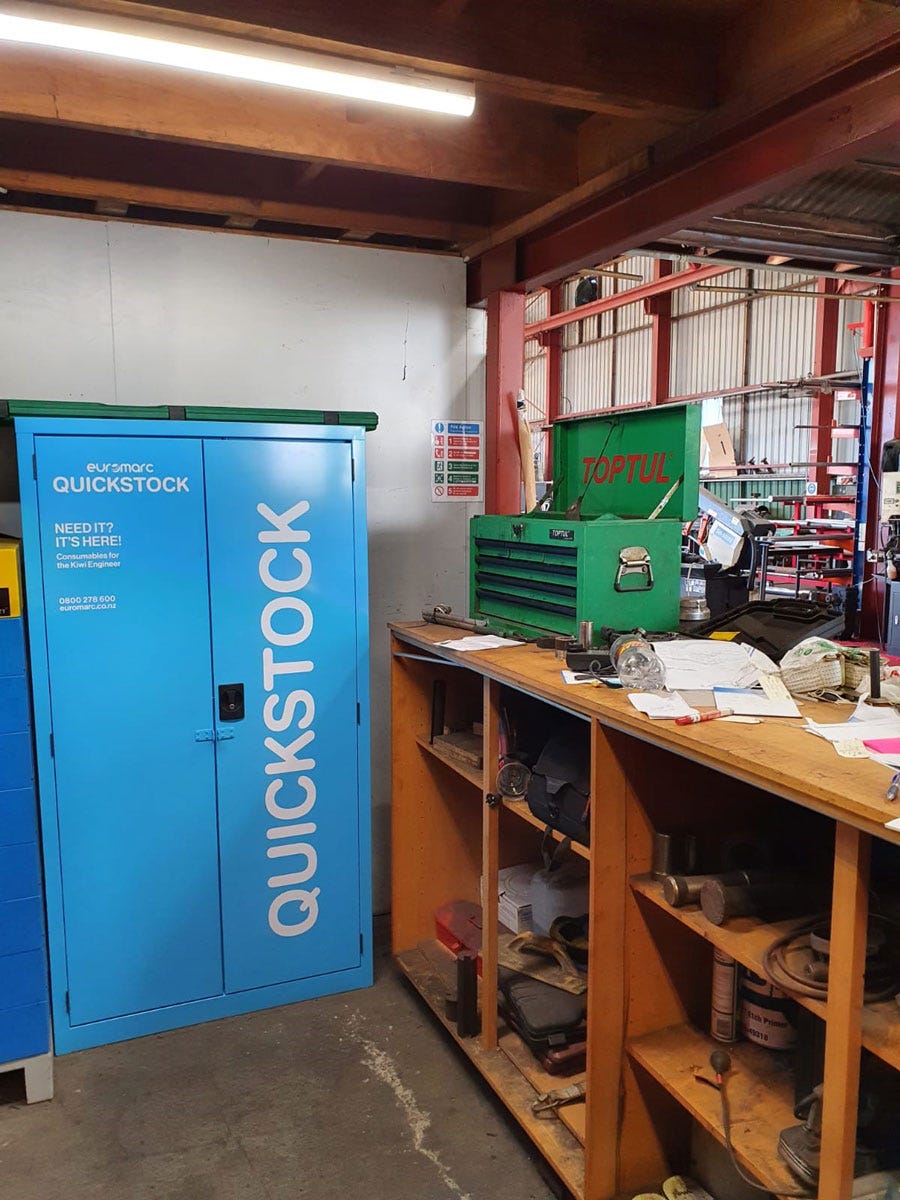

You Don’t Have To Change
Great news – you can reap the rewards of QUICKSTOCK without changing your processes. While some engineering companies allow unlimited access to stock, the majority of QUICKSTOCK customers implement some form of controlled access (some examples below).
How Some Customers Are Using QUICKSTOCK™
In reality QUICKSTOCK can work with almost any operational processes you already have in place. The main difference to your business is that you’ve got a supply of regular consumables on site rather than having to place and deal with regular purchase orders. Here’s a few examples of how current customers have implemented QUICKSTOCK into their engineering workshops…
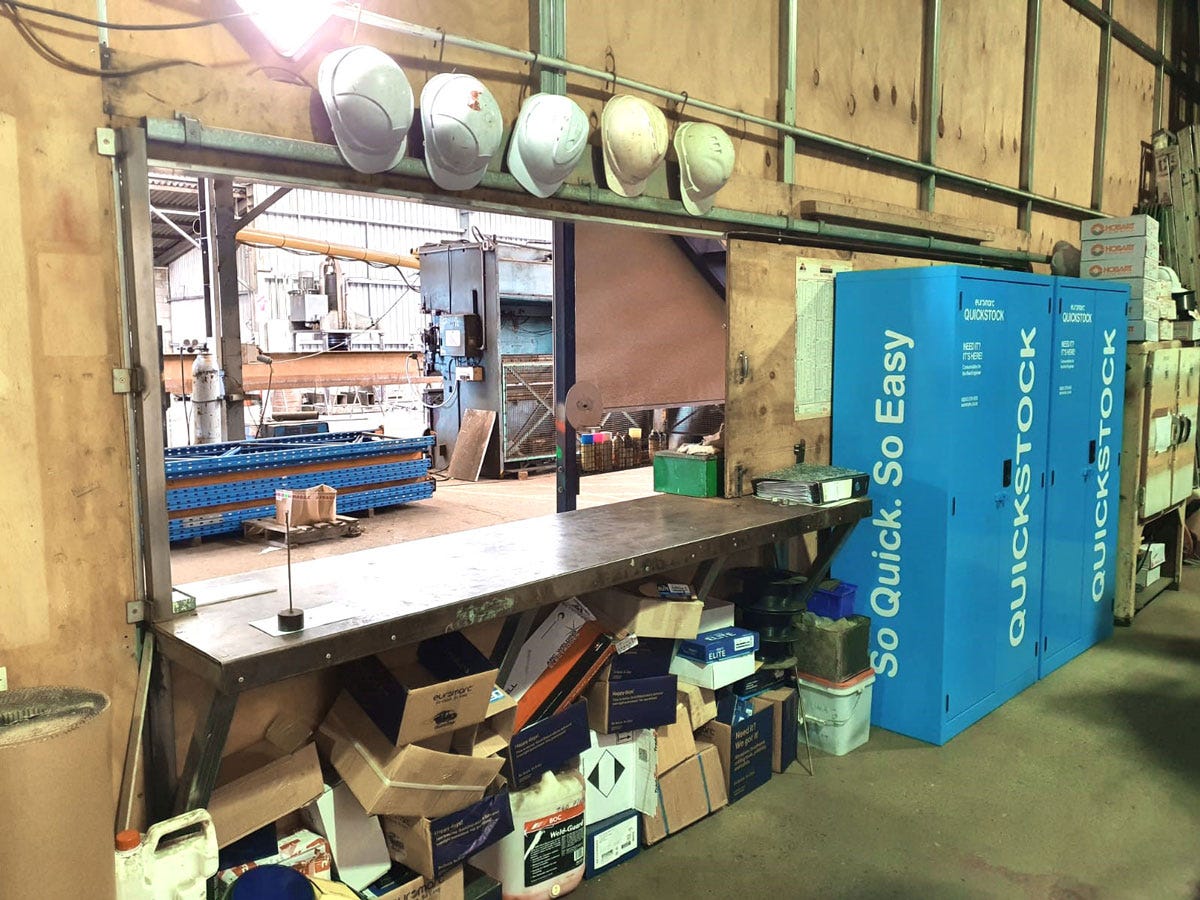

Workshop Manager Controlled
Quite a few workshops will have the cabinets located on or near the workshop floor. The cabinets are locked with only the workshop manager having access. When staff need a consumable, they just let the workshop manager know and they will grab the stock out of the cabinet. For medium and larger workshops, the workshop manager will take a days or weeks’ worth of consumables out of the cabinet and place it on shelves for engineers to access as a way of minimising interruptions. This way the workshop manager can keep an eye on what is being used but doesn’t need to worry about stock availability.
Storeman Access Only
Workshops that have their own storeroom will often continue with their process of the storeman putting a controlled amount of stock onto shelves (enough for a few days or a week) and/or handing out stock to engineers. The cabinets are usually placed in the storeroom and may or may not be locked depending on who has access to the storeroom itself. Once again, the benefit in this situation comes from the storeman not having to monitor stock for placing purchase orders, dealing with incorrect supply, late orders etc.
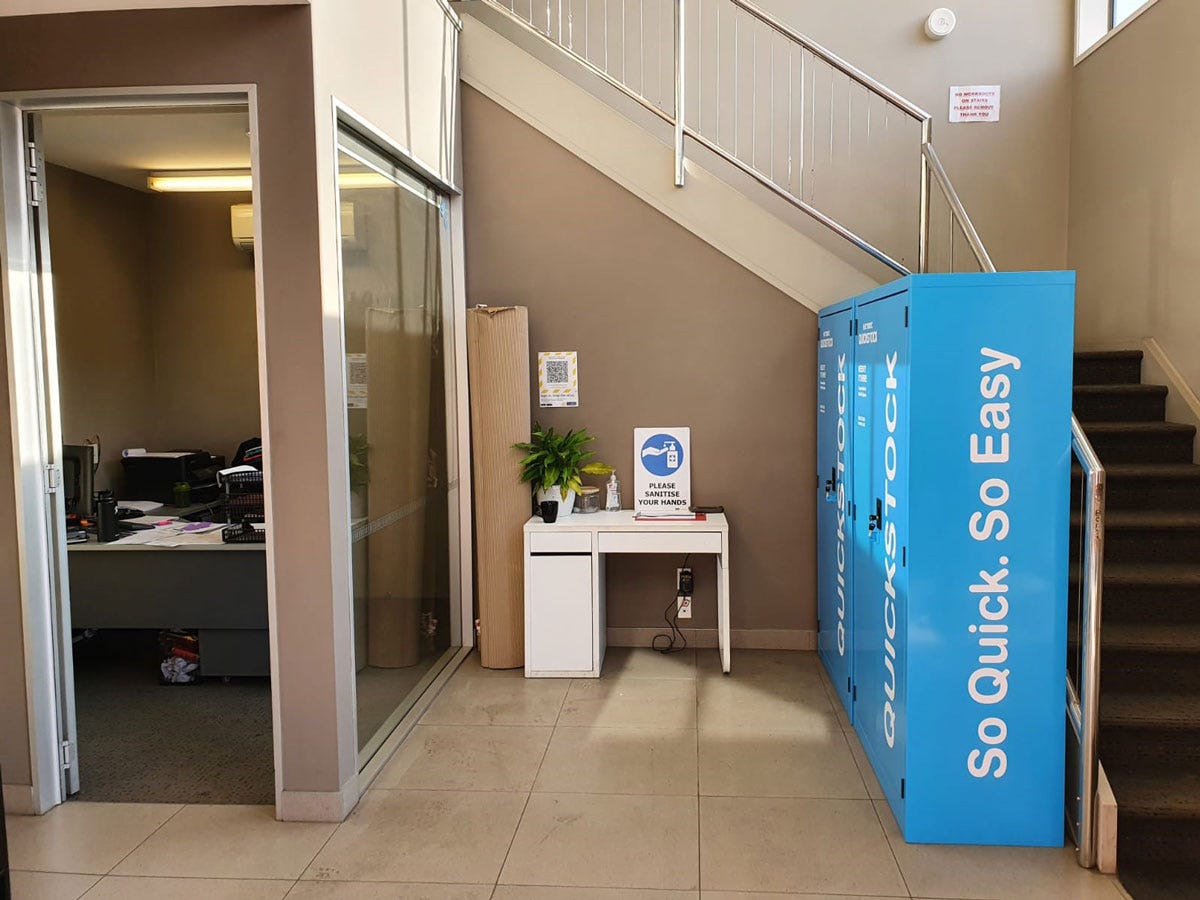

It’s In The Office
It’s not uncommon for cabinets to be placed in/near an office so that office staff can keep track of what resources are being used for different jobs or by different staff. The engineers simply visit the office when they need consumables, and the office person notes what is being taken and hands them the goods. Some workshops will have a small allocation of consumables available on shelves for engineers to take, and the engineers may be required to sign off on what they are taking so that it can be tracked and monitored.Workshops that have their own storeroom will often continue with their process of the storeman putting a controlled amount of stock onto shelves (enough for a few days or a week) and/or handing out stock to engineers. The cabinets are usually placed in the storeroom and may or may not be locked depending on who has access to the storeroom itself. Once again, the benefit in this situation comes from the storeman not having to monitor stock for placing purchase orders, dealing with incorrect supply, late orders etc.
 Need assistance?
Need assistance?
